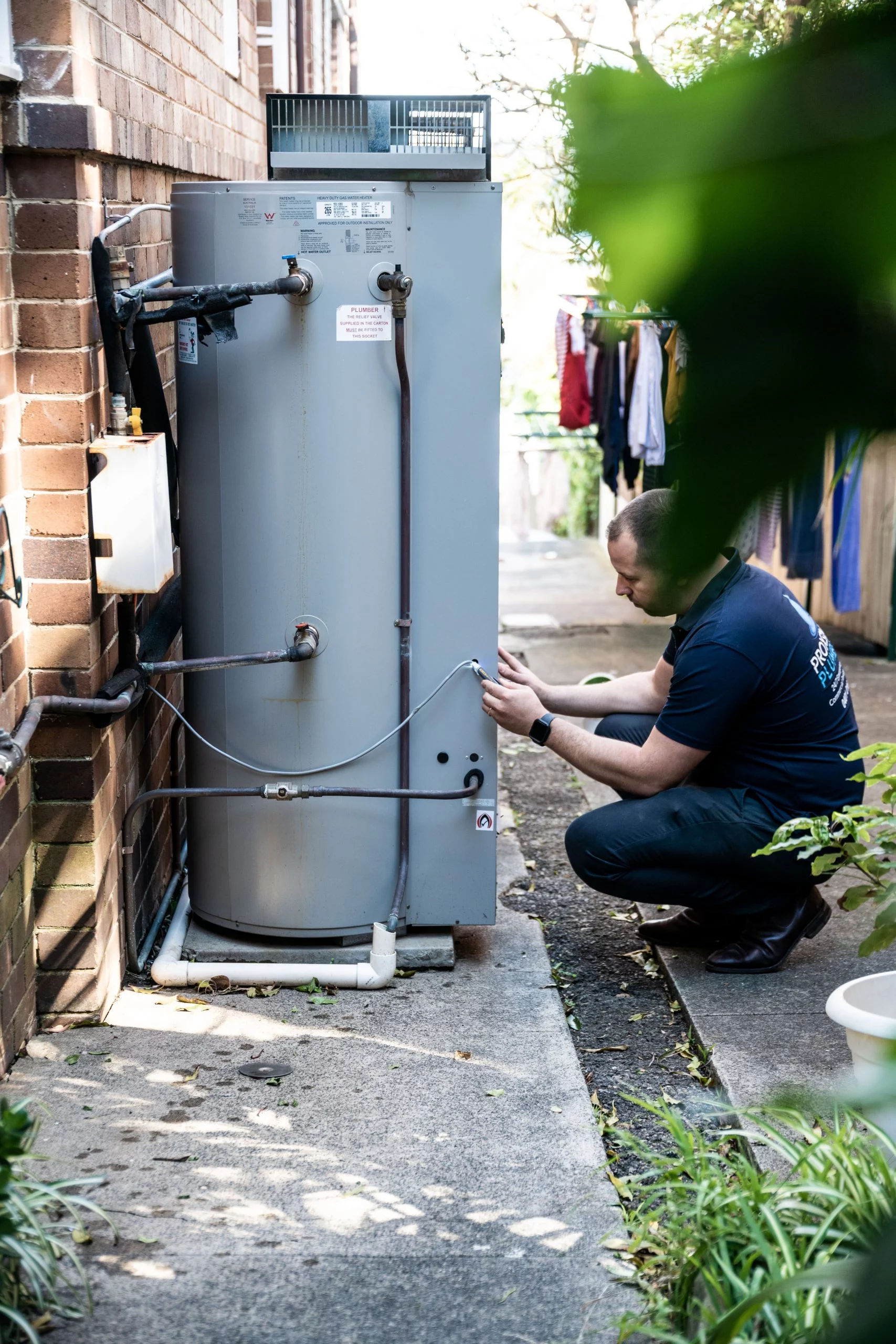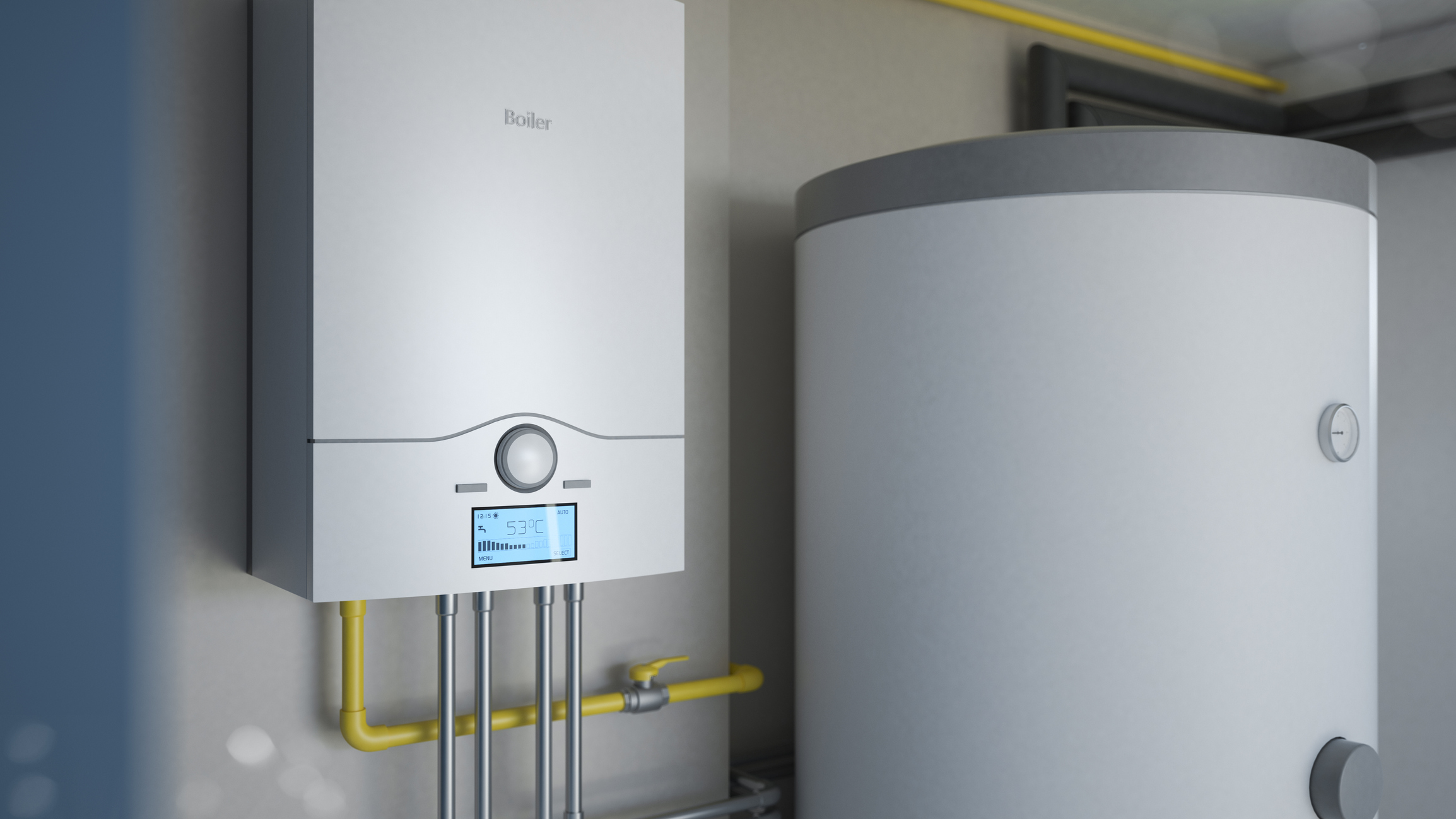Effective Techniques for Maintaining Your Home's Hot Water System
Effective Techniques for Maintaining Your Home's Hot Water System
Blog Article
What are your thoughts with regards to How to Maintain a Hot Water Heater in a Few Simple Steps?

Warm water is essential for everyday convenience, whether it's for a revitalizing shower or washing meals. To guarantee your warm water system runs successfully and lasts longer, routine upkeep is key. This article gives practical tips and insights on how to maintain your home's hot water system to avoid disruptions and costly fixings.
Intro
Preserving your home's warm water system might seem challenging, however with a few simple actions, you can guarantee it runs efficiently for many years to come. This guide covers everything from recognizing your warm water system to do it yourself maintenance suggestions and recognizing when to contact specialist assistance.
Relevance of Preserving Your Warm Water System
Regular upkeep not only prolongs the lifespan of your warm water system but likewise ensures it operates successfully. Overlooking maintenance can result in decreased performance, higher power costs, and even premature failing of the system.
Indicators Your Warm Water System Requirements Maintenance
Recognizing when your warm water system needs attention can prevent significant problems. Watch out for indicators such as irregular water temperature, weird sounds from the heating unit, or rusty water.
Recognizing Your Hot Water System
Prior to diving into maintenance tasks, it's handy to recognize the basic elements of your warm water system. Generally, this consists of the water heater itself, pipes, anode rods, and temperature level controls.
Regular Monthly Upkeep Tasks
Regular regular monthly checks can aid capture small concerns prior to they escalate.
Flushing the Hot Water Heater
Purging your water heater removes sediment accumulation, improving effectiveness and lengthening its life.
Checking and Changing Anode Rods
Anode poles prevent rust inside the container. Inspecting and changing them when worn is crucial.
Examining and Readjusting Temperature Setups
Readjusting the temperature settings makes sure ideal performance and security.
Do It Yourself Tips for Upkeep
You can execute numerous maintenance tasks on your own to maintain your warm water system in top condition.
Looking for Leakages
Routinely examine pipelines and links for leakages, as these can lead to water damage and higher expenses.
Checking Stress Alleviation Valves
Testing the pressure relief valve ensures it functions correctly and avoids excessive pressure buildup.
Protecting Pipelines
Protecting warm water pipelines minimizes warmth loss and can conserve power.
When to Call an Expert
While do it yourself upkeep is beneficial, some issues require professional knowledge.
Complicated Concerns Calling For Specialist Aid
Examples include major leaks, electrical problems, or if your water heater is regularly underperforming.
Routine Professional Maintenance Advantages
Expert maintenance can include comprehensive evaluations, tune-ups, and guaranteeing compliance with security requirements.
Final thought
Routine maintenance of your home's hot water system is important for efficiency, long life, and price financial savings. By complying with these ideas and understanding when to seek professional aid, you can make certain a trustworthy supply of hot water without unforeseen disturbances.
How to Maintain an Instant Hot Water Heater
Before tinkering with your hot water heater, make sure that it’s not powered on. You also have to turn off the main circuit breaker and shut off the main gas line to prevent accidents. Also turn off the water valves connected to your unit to prevent water from flowing into and out of the appliance. 2. When you’re done, you have to detach the purge valves’ caps. These look like the letter “T†and are situated on either side of the water valves. Doing so will release any pressure that has accumulated inside the valves while at the same time avoid hot water from shooting out and burning your skin. 3. When the purge valves’ caps are removed, you have to connect your hosing lines to the valves. Your unit should have come with three hoses but if it didn’t, you can purchase these things from any hardware or home repair shops. You can also get them from retail stores that sell water heating systems. Read the user’s manual and follow it to complete this task properly. When the hosing lines are connected, open the purge port’s valves. 4. You should never use harsh chemical cleaners or solutions when cleaning your unit. Make use of white vinegar instead. It should be undiluted and you’ll probably use about 2 gallons. 5. Now flush your water heater. This task should probably take about 40 minutes. We can’t give you specific directions for this because the procedure is carried out depending on the type, model and brand of your heater. With that being said, refer to the user’s manual. 6. When you’re done draining the unit, you have to turn off the purge port valves again. Remove the hosing lines that you earlier installed on each of the water valves. Put the valve caps (purge port) back in their respective places and be very careful so as not to damage the rubber discs that are found inside these caps. 7. Now that everything’s back in place, check your user’s manual again to find out how to reactivate your water heating system. 8. Once it is working, turn one of your hot water faucets on just to let air pass through the heater’s water supply pipes. Leave the tap on until water flows smoothly out of it. https://www.orrplumbing.com/blog/2014/september/how-to-maintain-an-instant-hot-water-heater/

As a serious reader on Tips on Maintaining a Water Heater, I imagined sharing that excerpt was a good idea. If you appreciated our blog post please consider to share it. I enjoy reading our article about How to Maintain a Hot Water Heater in a Few Simple Steps.
Book-Now Report this page